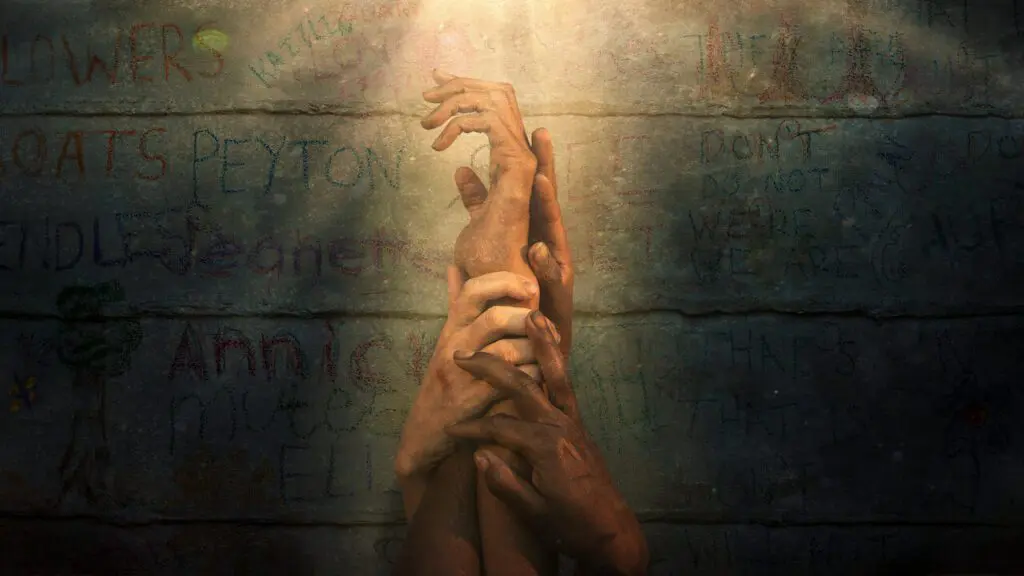Summary
Despite all of its horror, Trees of Peace is a powerful tale of survival and forgiveness.
Trees of Peace is a film inspired by true events that explore the ordeal of four women hiding in a basement in the midst of the Genocide Against the Tutsi in Rwanda. Despite their different backgrounds, they must band together in order to survive, resulting in the formation of an unbreakable sisterhood.
It has been a long time since I’ve watched such a deeply affecting film. Trees of Peace is one of those that isn’t necessarily nice viewing, but it is so, so worth sitting through and experiencing. It isn’t a direct retelling of one specific account of living through the Rwandan Genocide, but more a representation of the collective experience of women in Rwanda during that time and how they’ve gone on to live in the aftermath of those events. It is harrowing but also filled with hope, with the knowledge that in spite of everything they went through, the atrocities that surrounded them for so long, the people of Rwanda ultimately chose love over hate in a bid to prevent history from repeating itself in the future.
The film pulled absolutely no punches in illustrating the horrors that people were subjected to whilst hiding in the middle of a massacre. In a scenario where the film could have chosen to really rid the audience of any chance to use their imagination, it instead held back and let that particular element do all of the work. You could hear the screams and the brutality of the killings whilst witnessing the women’s reactions as they happened.
It’s something that is hard to stomach for a number of reasons, not only because there are probably countless instances where that exact situation played out more or less as you get to see here in the film. I think it hits harder, however, when you consider that in many cases, you probably can’t imagine what happened. We are talking about situations where boys, essentially, were handed machetes in the street whilst playing football with their friends and told to go and hack their neighbors to pieces because they were Tutsi people and not Hutu. The brutality alone is difficult to really comprehend in a real-life sense.
The intimacy of Trees of Peace definitely added to how hard-hitting it was. The film never leaves its basement setting from the moment Annick (Eliane Umuhire) enters at the start right up to when she and the other women are rescued at the end. This means that you as a viewer basically spend the whole film trapped with the four women, and experience everything as they do. It really helps with understanding their perspective but doesn’t do anything to make the film any lighter.
Despite its relatively short runtime, Trees of Peace is an absolute marathon of a film. There is very little reprieve from the pure terror that envelopes the whole thing, and as such it will not be for everyone, nor will it be a film you just stick on because you’re stuck for something to watch. It demands to be taken seriously and to be understood not only as an account of the experience of a nation, but also as a message about hope and forgiveness being far stronger forces than hate and vengeance.
Trees of Peace encapsulates the meaning of the phrase, ‘small but mighty’. It is a film that belongs up there with the likes of The Killing Fields. Whilst it may not be something you’ll want to rewatch in a hurry, its focus on the human impact of genocide and broader conflict, and what that can mean going forward, is so powerful, making the film essential viewing.
Read More: Trees of Peace Ending Explained




